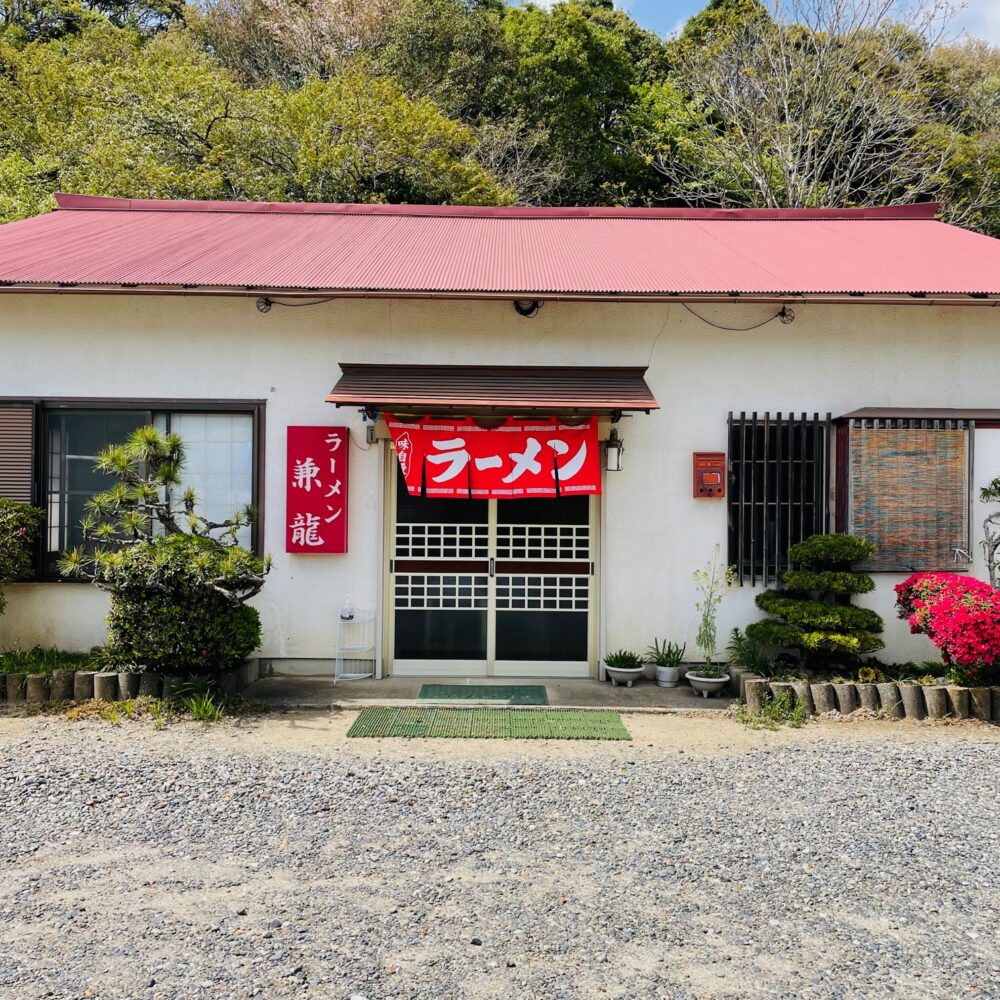Two local trains in Chiba Prefecture (Kominato Railway)
Table of Contents
3: Board the Kominato Railway at Goi Station
5: Boso Satoyama Trolley Train

1: Introduction
I wanted to rediscover the charms of Japan through local railways. I took a day trip from Tokyo to two local railways in the Boso Peninsula, Chiba Prefecture, in mid-April. In conclusion, the Kominato Railway and the Isumi Railway I boarded are attractive local railways. I could have a very satisfying trip, whether a day trip or an overnight stay.
You can traverse the Boso Peninsula by boarding the Kominato Railway from Goi Station in Chiba Prefecture and transferring to the Isumi Railway at Kazusa-Nakano Station (of course, the reverse route is also possible). A Trans-Boso Peninsula Commemorative Ticket allows you to board both railways and is available for 2,000 yen.
I went from Tokyo Station to Chiba Station and from Chiba Station to Goi Station. Using the Sobu Line rapid train without stopping at Chiba Station, the journey from Tokyo Station to Goi Station takes about one hour.
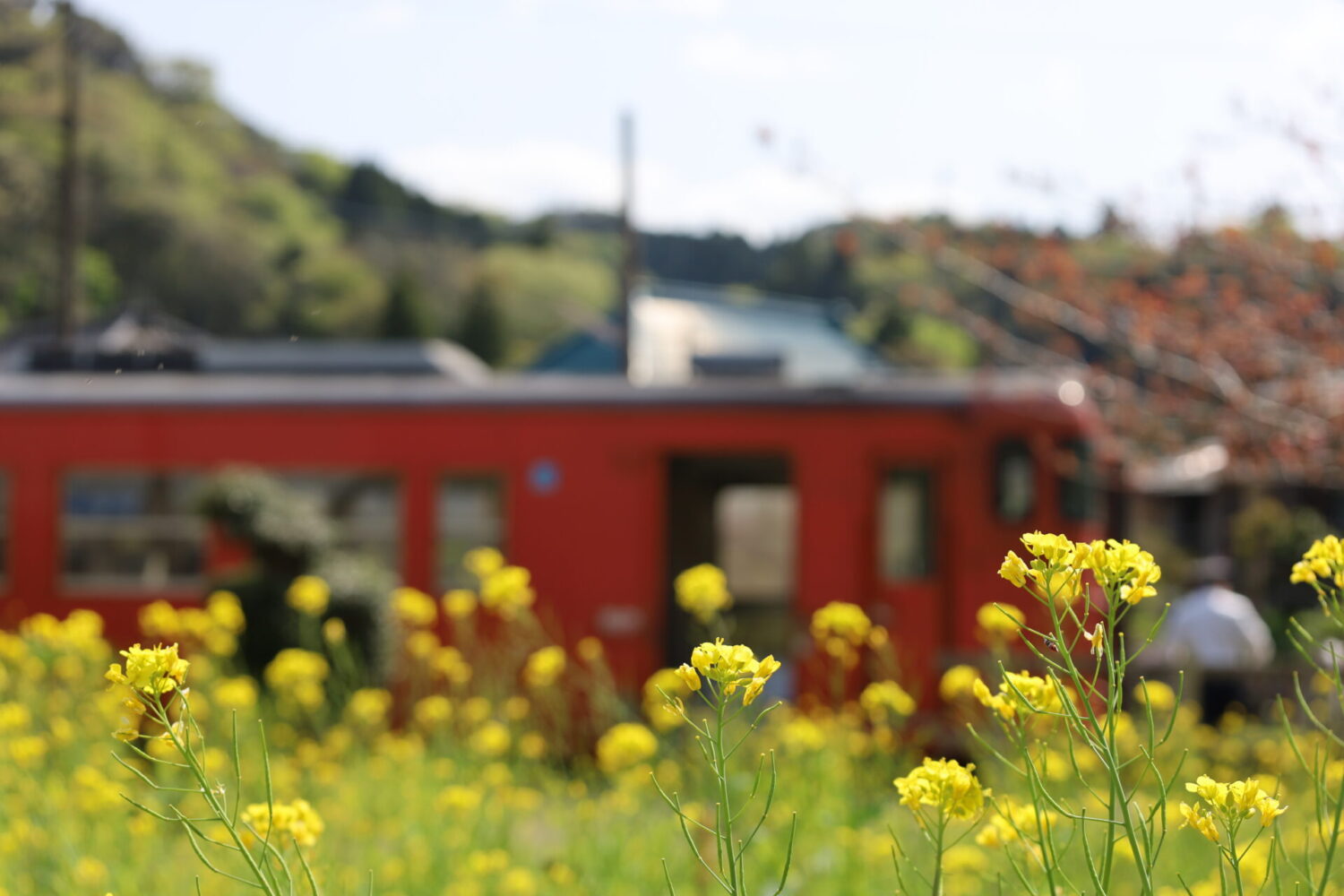
2: Chiba Urban Monorail
I got off at Chiba Station because I wanted to see the Chiba Urban Monorail for the first time in a long time. The Chiba Urban Monorail is the world’s longest-operating suspended-type monorail (15.2 km). It is also scarce for a suspended-type monorail to have a multi-level crossing.

There will be a gold post in front of the east exit of Chiba Station from the end of January 2022. A gold post was set up to honor the glory of Sarina Satomi, who won gold medals in two events (women’s singles and doubles) at the Tokyo Paralympic Badminton Games. As part of the ‘Gold Post Project,’ 79 gold posts have been installed throughout Japan to honor Tokyo Olympic and Paralympic gold medallists. (as of 25 May 2022).
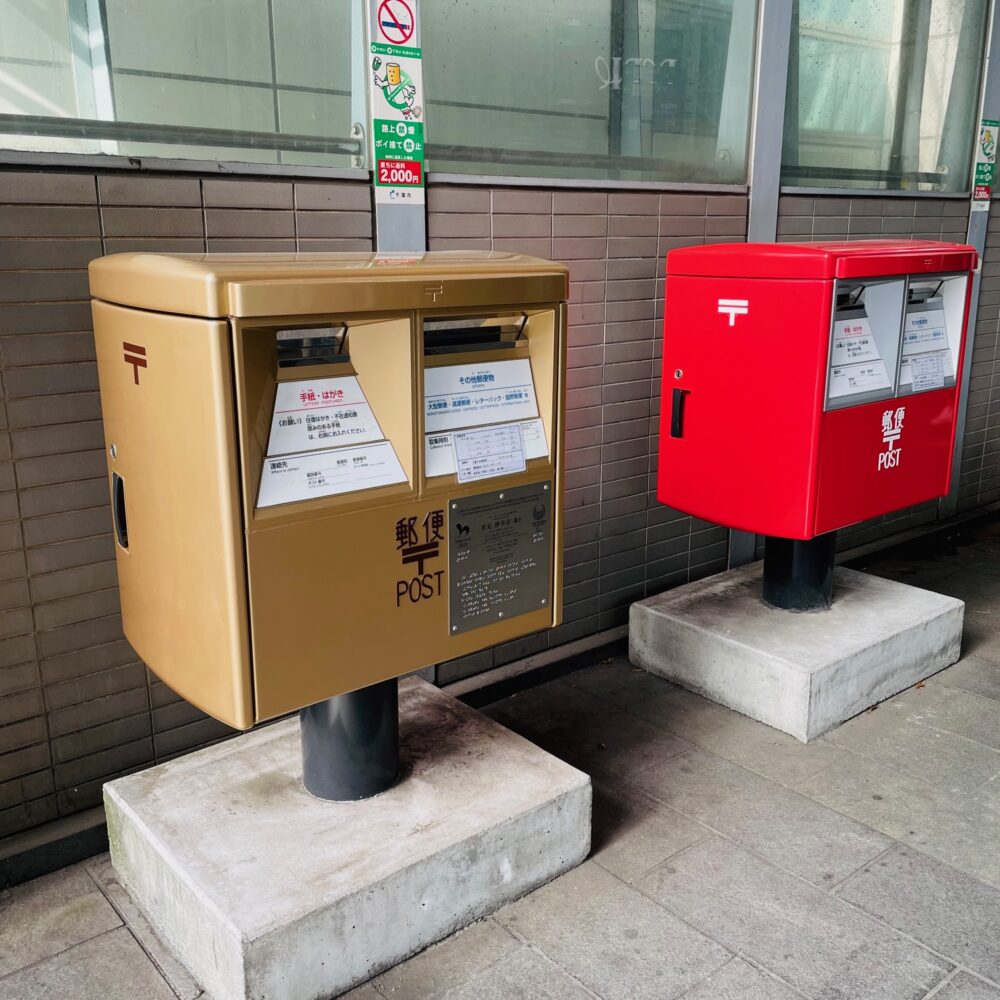
3: Board the Kominato Railway at Goi Station
When I arrived at Goi Station, there was a railway yard of the Kominato Railway, where many trains were parked. The retro orange (standard JNR diesel train color) rolling stock lined up was spectacular, and the interior of the cars had a retro feel. In addition, at Goi Station, if you contact the headquarters of the Kominato Railway, you can visit a preserved locomotive exhibition car. I regretted that I did not have time to visit this time.
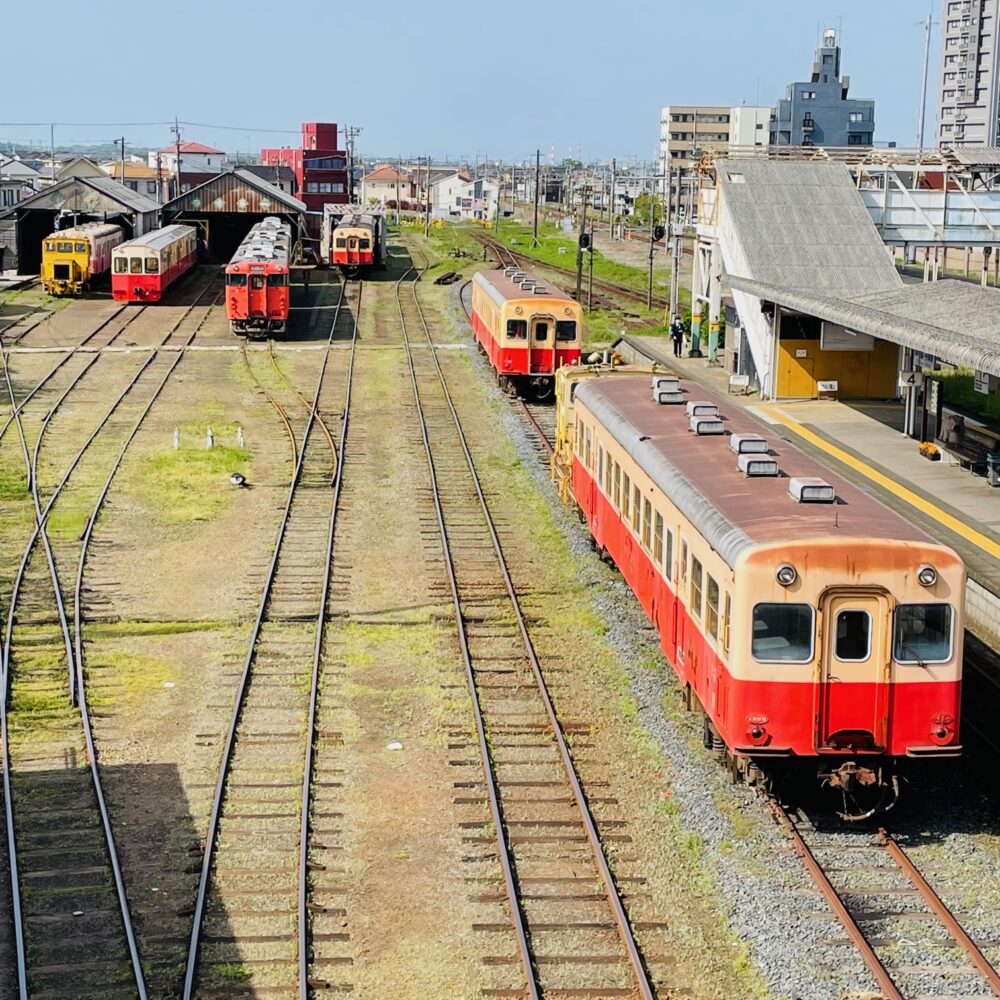
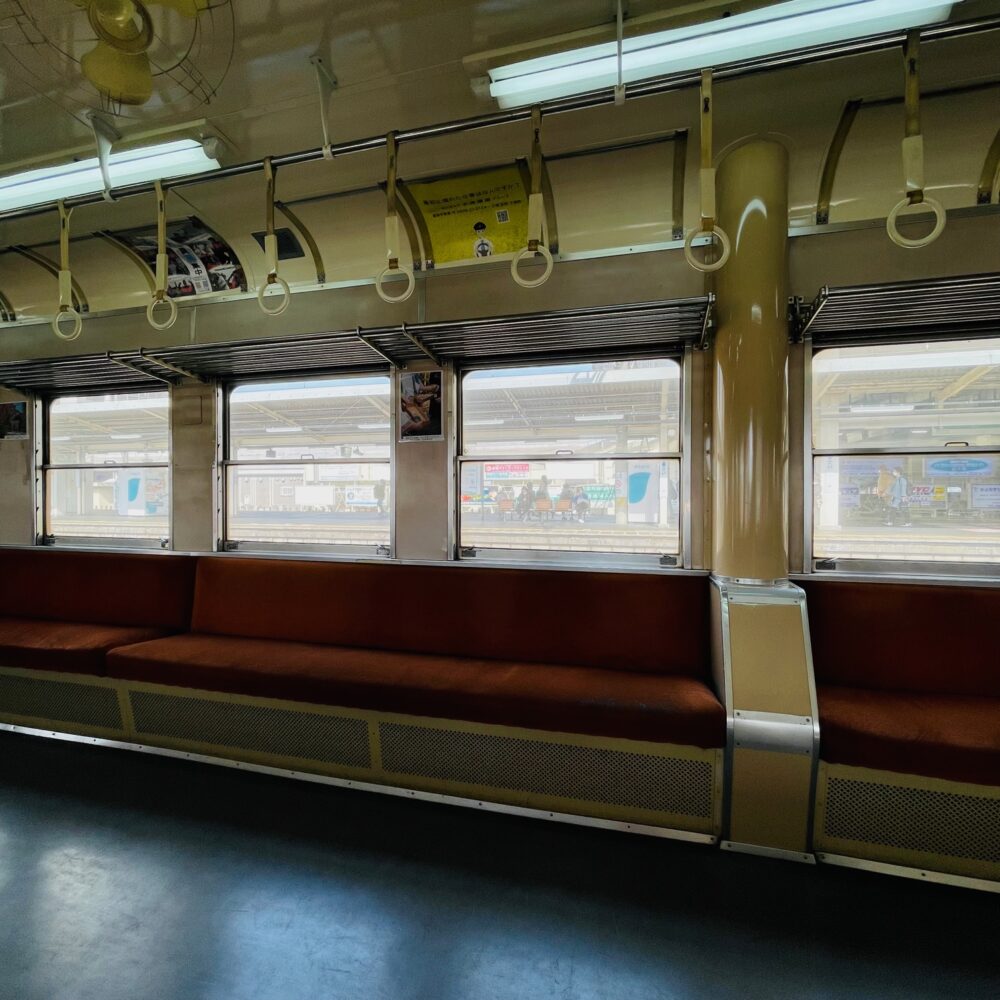
Kominato Railways was established in 1917. It operates a 39.1 km operating line from Goi Station to Joso-Nakano Station.
The Kominato Railway is a ‘village revitalization venture company’ that has been in operation for 100 years. As part of this ‘village revitalization,’ the Yoro Gorge Station is being developed in reverse. Reverse development means removing the asphalt from in front of the station and planting trees and flowers in the surrounding natural environment. It is a genuinely sustainable movement to connect nature to the station building. My family’s home is also in a satoyama-like area in Hyogo Prefecture so I can sympathize with the ‘village revitalization’ of the Kominato Railway.
When we leave Goi Station, we can immediately see a countryside landscape. As a railway company with a long history, 22 facilities, including the station building, are registered as national tangible cultural properties. It is very relaxing to take a slow retro train ride through the countryside while looking at these old station buildings.
4: Itabu Station
I got off at Iitabu station, which is blue and looks like a bus stop. I was the only one to get off at this station. It is not surprising, given that the average number of passengers per day at Itabu Station is only three (2019).

Itabu Station ranked first in the “Difficult-to-read station ranking: Eastern Japan” with a correct answer rate of 18.7%. I could not read it at all. Legend has it that Emperor Kobun (Emperor Otomo) and his party gave the name ‘Itabu’ to the local people by offering them a meal. Emperor Kobun (Emperor Otomo) and his party fled to the Boso Peninsula after being defeated in the Jinshin War (672). The Hakusan Shrine in front of Iyasu Station is dedicated to Emperor Kobun.
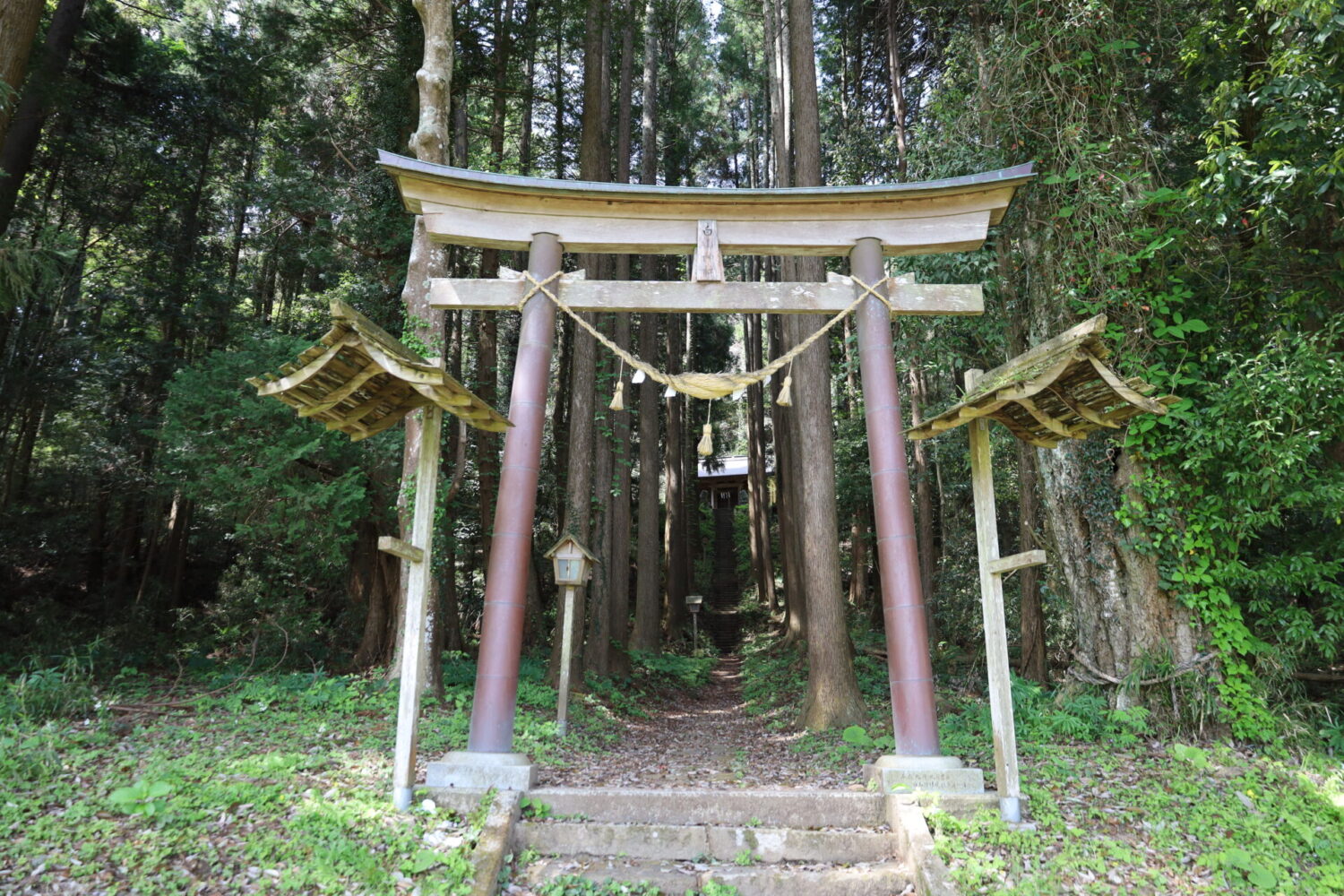
There is a Toilet in Nature (the biggest toilet in the world) outside Itabu station, installed in 2012. However, it is for women only. The bathroom door is open when not in use so that men can see inside. Architect Sousuke Fujimoto designed the toilets. It is worth a look.


Itabu Station is a famous cherry blossom and rape blossom viewing spot. But when I visited, the cherry blossom season had ended, and the area was deserted. All I could hear was the croaking of frogs in the rice paddies before rice planting and the chirping of bush warblers. Looking at the Hakusan Shrine and the satoyama from the benches at the Iyasu station, I forgot about the passage of time and felt very relaxed. I can recommend this station for a stopover.

5: Boso Satoyama Trolley Train
I traveled from Iisyu Station to Tsukisaki Station on the Kominato Railway and enjoyed a walk around the area. The Boso Satoyama Trolley Train, which I boarded from Tsukisaki Station, was full of tourists. Many people were talking loudly, which was disconcerting for me after enjoying the tranquillity of the satoyama at Iisyu Station. We also saw some pheasants flying. Please note that you must make a reservation in advance to take the ‘trolley train’ from the Kominato Railway website.
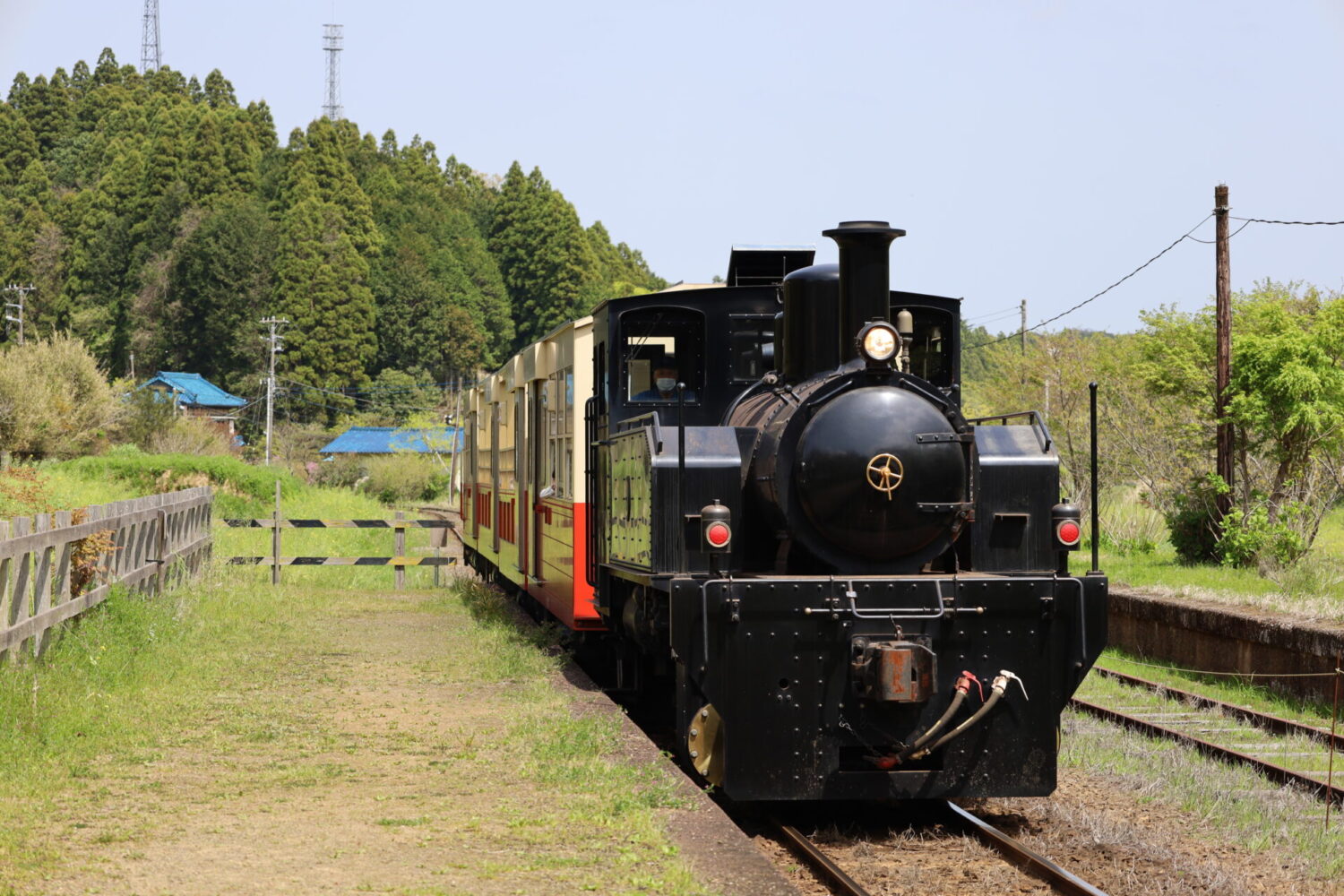
At the last stop, Yoro Gorge Station, many people boarded the train from tourist buses as it turned around and headed for Goi Station. Note that the ‘Boso Satoyama Torokko Ressha’ is a train for tourists that is also included in bus tour courses and is quite different from the ‘atmosphere relaxed leisurely’ of local train routes.

At Yoro Gorge Station, we enjoyed some nostalgic-tasting ramen at a ramen shop catering to local customers before heading to Kazusa-Nakano Station, a connecting station with the Isumi Railway. Rape blossoms were beautiful at Kazusa-Nakano Station.

